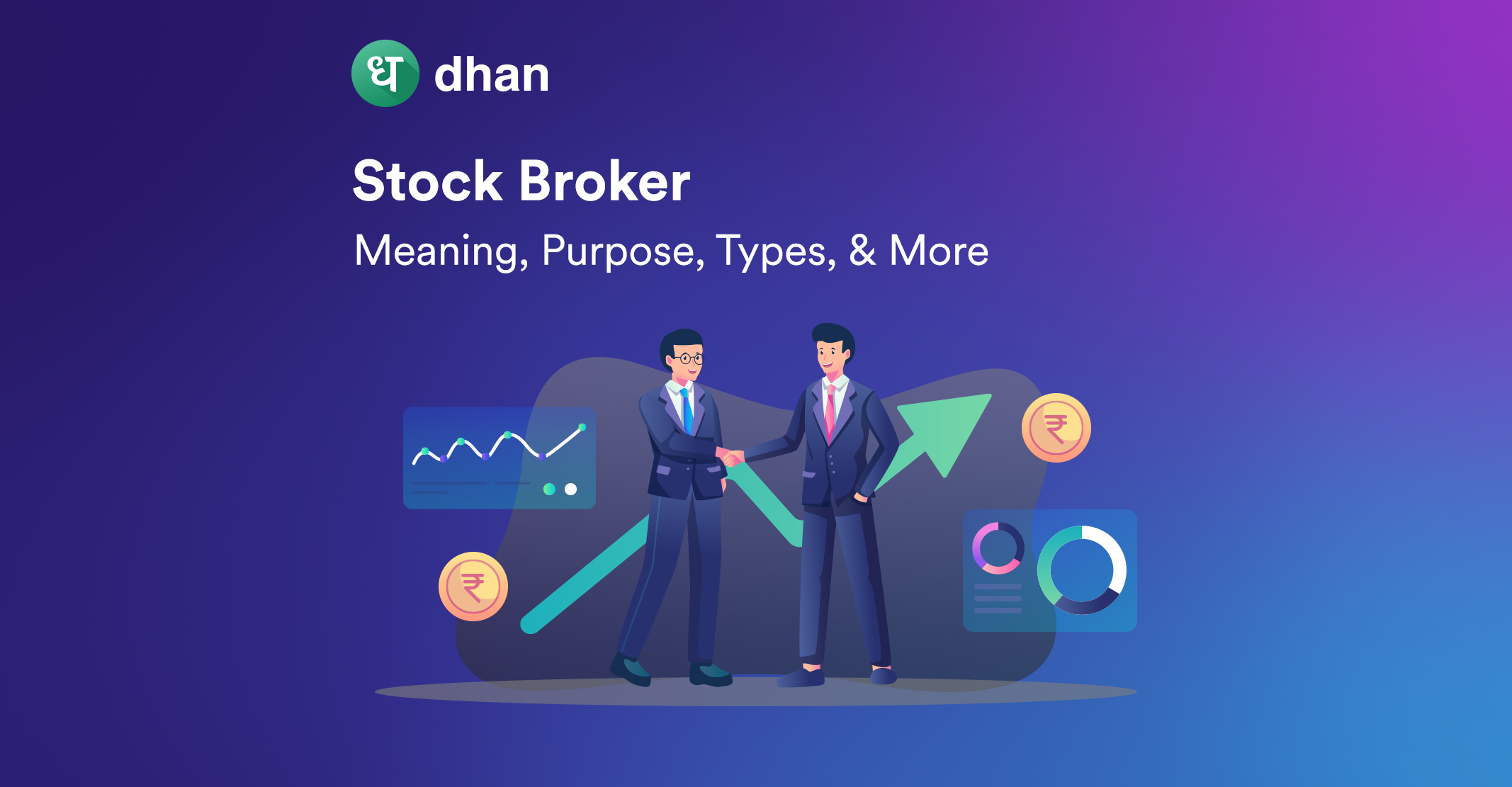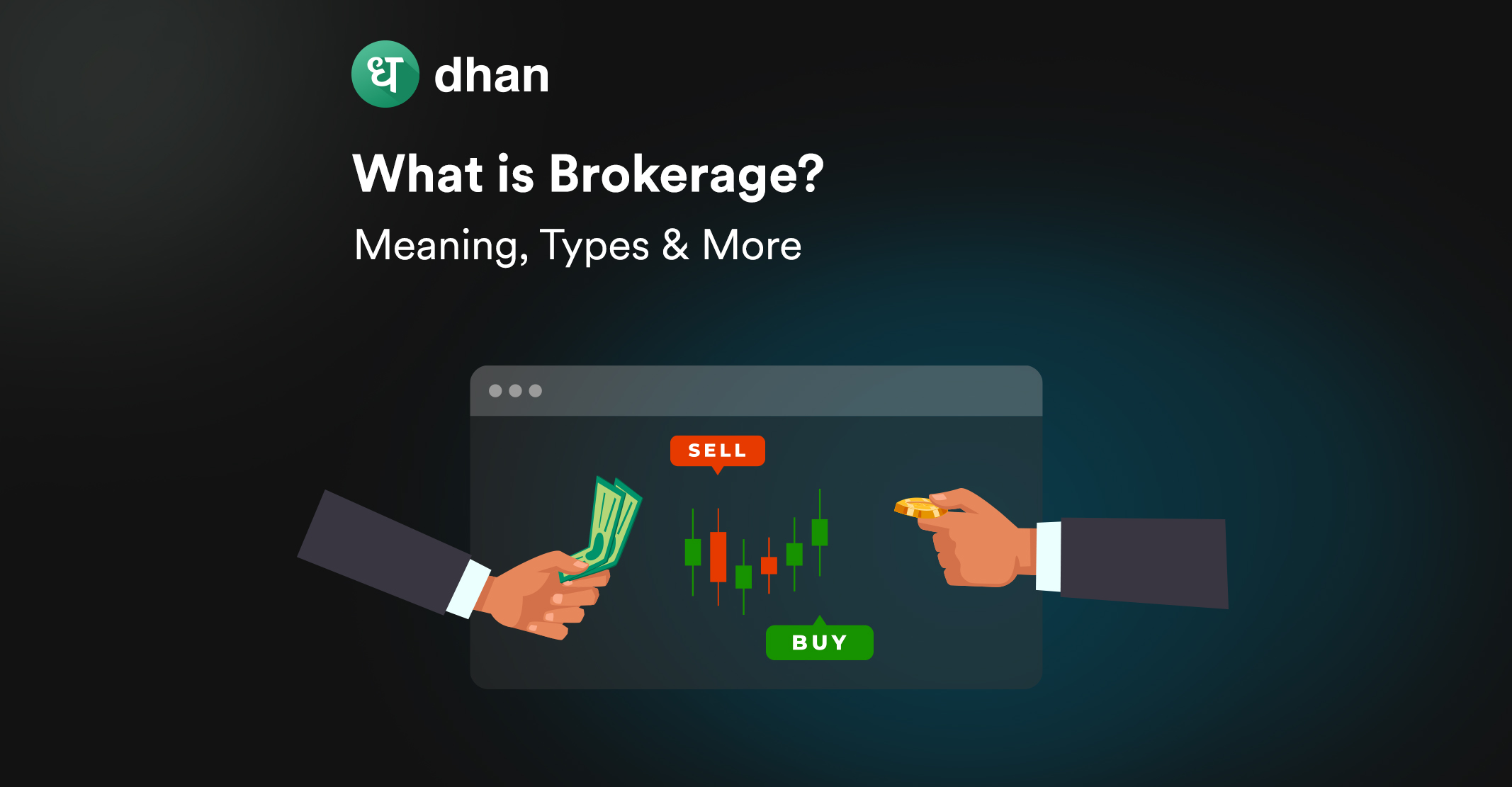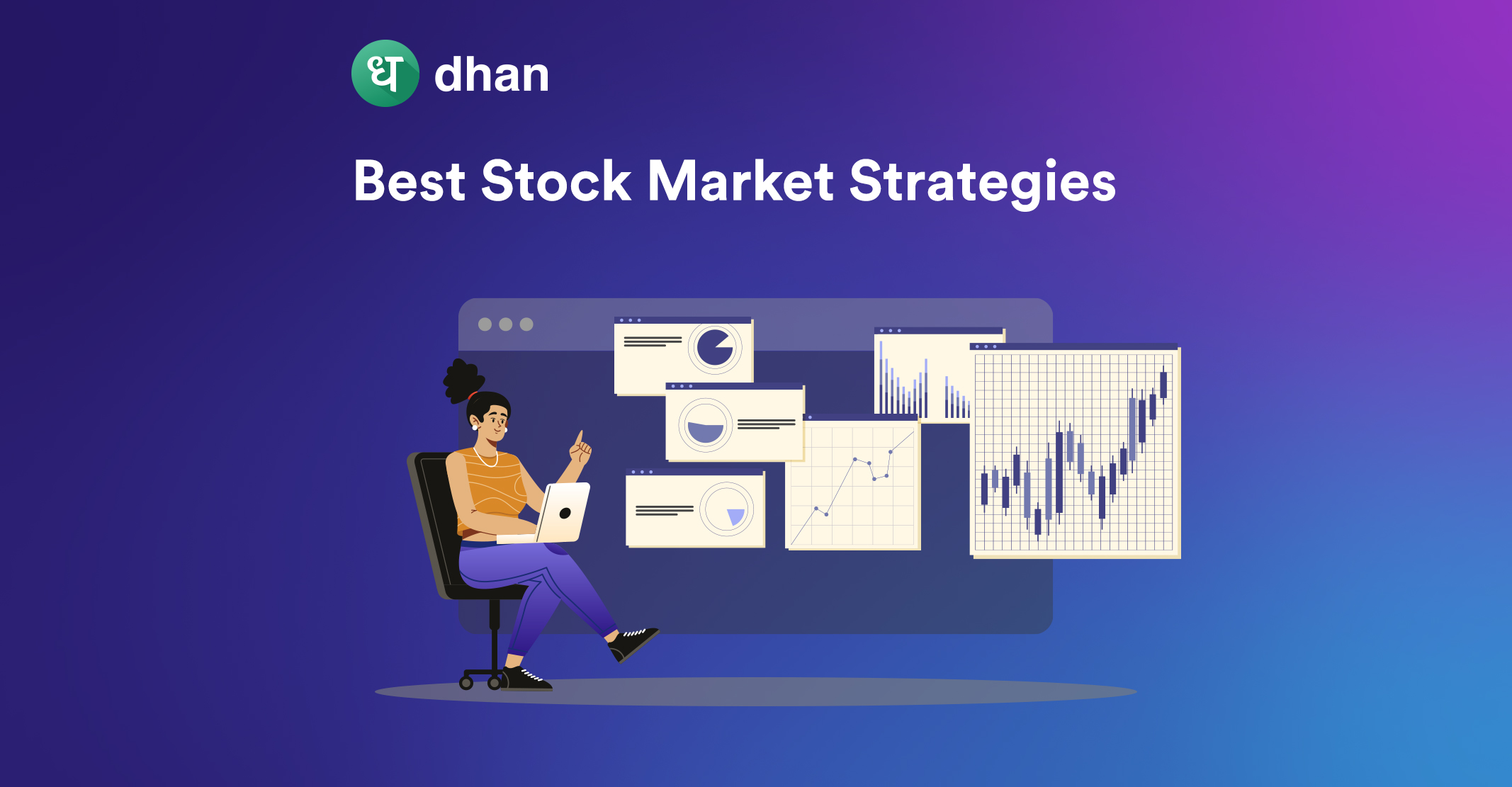Online commodity trading involves buying and selling precious metals, energy resources, agricultural products, and more on exchanges like the Multi Commodity Exchange of India Limited (MCX).
But to engage in this form of trading, you need to understand the “Margin Required.” Think of it as your entry ticket for trading commodities. Read on to know more!
What is Margin in Commodity Trading?
Commodity margin is the amount of money you deposit with the broker to take a position. It acts as security against potential losses and ensures you fulfill your obligations on expiry.
Depositing a margin ensures that both buyers and sellers have the necessary confidence in the transaction, while simultaneously ensuring no one defaults.
Margins exist due to historical reasons. Back in the day when exchanges did not exist, commodities were traded Over-The-Counter (OTC).
These OTC transactions were uncertain as no one person could be held accountable in case of default.
Exchange traded-commodity derivatives solve this problem, as margins act as a safeguard against defaults. There are heavy penalties for not meeting Mark-to-Market (MTM) margin requirements.
Margin Requirements in Commodity Trading
Margin requirements are a crucial aspect of commodity trading in India, and understanding them is vital for your success.
These requirements are essentially safety measures to protect both traders and the market. These are key terms you should know:
- Initial Margin: This is the amount you need to deposit upfront to enter a trade. It acts as a security deposit.
- Maintenance Margin: This is the minimum balance you must maintain in your trading account. If your account balance falls below this level, you might face a margin call.
- Premium Margin: This applies to only those who buy commodity options contracts, charged in addition to the Initial Margin, and is typically a percentage of the contract value.
Beyond these requirements, there are additional components of margins that include:
- Tender Margin
- Additional Long Margin
- Additional Short Margin
- Special Long Margin
- Special Short Margin
- Delivery Margin
- Extreme Loss Margin
You can read about the components mentioned above in this blog: MCX Margin
Oh, by the way. It’s important to understand this term called “Margin Call”.
- Margin Call: Occurs when your account balance drops below the maintenance margin level. To meet the margin requirements, you must either deposit more funds or close the whole or a portion of your position.
Who Regulates Commodity Margins?
The Securities and Exchange Board of India (SEBI) regulates margin requirements for commodity trading in India.
SEBI sets the guidelines and rules governing the minimum margin levels to maintain market integrity and protect traders’ interests.
The average margin requirement for commodity trading varies depending on the specific commodity and market conditions.
It’s essential to stay updated on these requirements to manage your trades effectively and make informed decisions.
Margin Requirements on Commodity Trading Platforms
First things first. The minimum required commodity margin is the same across registered brokers, as it is set forth by exchanges daily.
What will vary is the amount of extra margin that you can get.
For example, you can pledge your existing stock holdings to get extra margin in return (after a haircut).
Deploying this extra margin towards controlling bigger positions in a commodity futures or options contract is common.
But the haircut varies by broker and, as a result, the subsequent pledged margin.
On Dhan, you can pledge any stock from an approved list of 1,450+ and get instant margin benefits in a few minutes.
Margin Management Strategies
Effective margin management is crucial for your trading success. It ensures you can continue trading and avoid margin calls that could wipe out your account.
Following are some common strategies to manage margins effectively and minimize risks:
1. Risk Assessment
Before entering a commodity trade, assess potential risks. This involves evaluating market conditions, historical data, and relevant news.
By understanding the risks, you can decide and choose trades that align with your risk tolerance and trading strategy.
It’s a crucial first step to ensure you’re well-prepared for managing margin requirements and minimizing potential losses in commodity trading.
Trader's Controls on Dhan: Use this feature to manage risk right from setting alerts for extreme loss to keeping a trading buddy informed.
2. Diversification
Diversification involves spreading your trades across various commodities. By not putting all your funds into a single trade, you reduce the risk of losing everything if one investment goes sour.
Diversification helps safeguard your portfolio and can potentially increase your chances of achieving more stable and consistent returns in commodity trading.
3. Stop-Loss Orders
When you set a stop-loss order, you specify a price at which your trade will automatically close if the market moves against you.
This limits potential losses and helps you maintain control over your margin. It’s a proactive way to protect your capital and avoid substantial declines in your trading account.
4. Position Sizing
Position sizing is crucial. Decide the amount of capital to allocate for each trade based on your risk tolerance.
Avoid overcommitting your funds, as excessive leverage can lead to margin calls and significant losses.
By properly sizing your positions, you can strike a balance between risk and reward in commodity trading.
Tools for Margin Risk Management
To effectively manage margin requirements and minimize risks as a trader, you can utilize useful tools like margin calculators to accurately know the margin needed for both intraday and carryforward commodity trading.
These calculators help you stay within your financial limits. Explore additional tools on the Dhan platform, which offer advanced features for margin requirement calculation and management.
These tools can assist in optimizing your futures trading strategies and options trading strategies, ensuring you have sufficient funds to cover potential losses.
Conclusion
The money you deposit to take a buy/sell position in commodities is known as the margin.
Understanding the margin required for commodity trading is crucial to make informed trading decisions.
However, it’s important to note that different commodities and trading strategies may require varying margin amounts.



